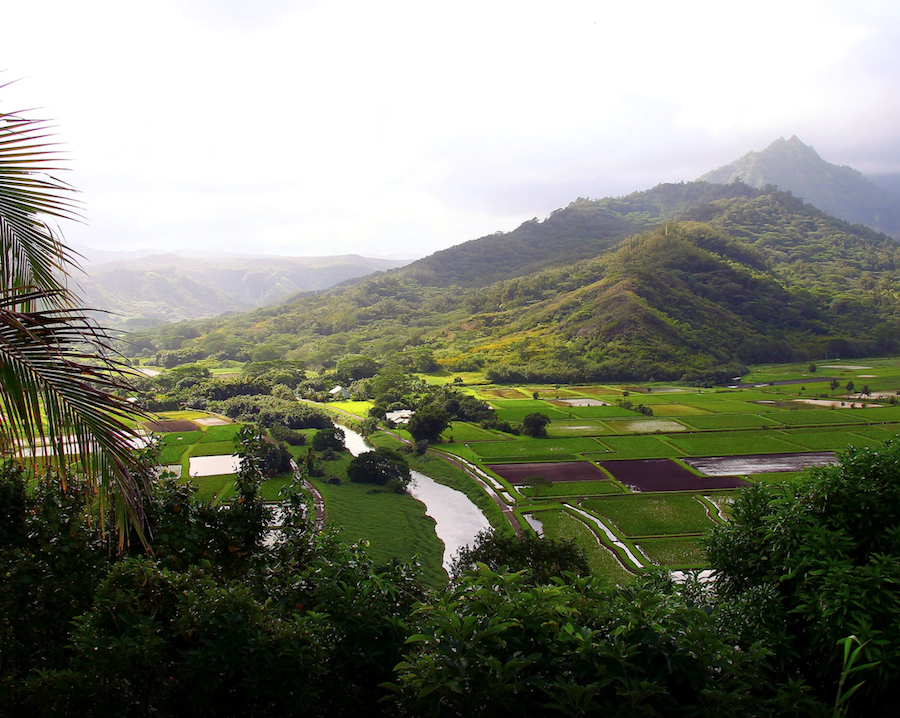University of Hawai‘i at Mānoa Food Science and Human Nutrition Program and Human Nutrition Program
Pū‘ali kalo i ka we ‘ole
Taro, for lack of water, grows misshapen.

Learning Objectives
By the end of this chapter you will be able to:
- Describe the purpose and function of nutrition recommendations
- Describe steps towards building healthy eating patterns
- Interpret the Nutrition Facts labels found on food items
- Describe the purpose and use of the MyPlate Planner, the Secretariat of the Pacific Community (SPC) Guidelines and the Pacific Food Guide
Developing a healthful diet can be rewarding, but be mindful that all of the principles presented must be followed to derive maximal health benefits. For example, many Pacific Islanders have been unable to maintain their traditional diets for various environmental, social and demographic reasons. This has resulted in diets high in a variety of high-calorie, nutrient-poor foods. Frequent inadequate and/or excessive nutrient intake can lead to many health issues in a community such as obesity, diabetes, heart disease and cancer. Therefore, it is important to employ moderation and portion control by using all of the principles together to afford you lasting health benefits[1].
Learning Activities
Technology Note: The second edition of the Human Nutrition Open Educational Resource (OER) textbook features interactive learning activities. These activities are available in the web-based textbook and not available in the downloadable versions (EPUB, Digital PDF, Print_PDF, or Open Document).
Learning activities may be used across various mobile devices, however, for the best user experience it is strongly recommended that users complete these activities using a desktop or laptop computer and in Google Chrome.
- Pacific Food Summit: Factsheet. (2010). World Health Organization. http://www.wpro.who.int/mediacentre/factsheets/fs14042010/en/. Accessed November 28, 2017. ↵

